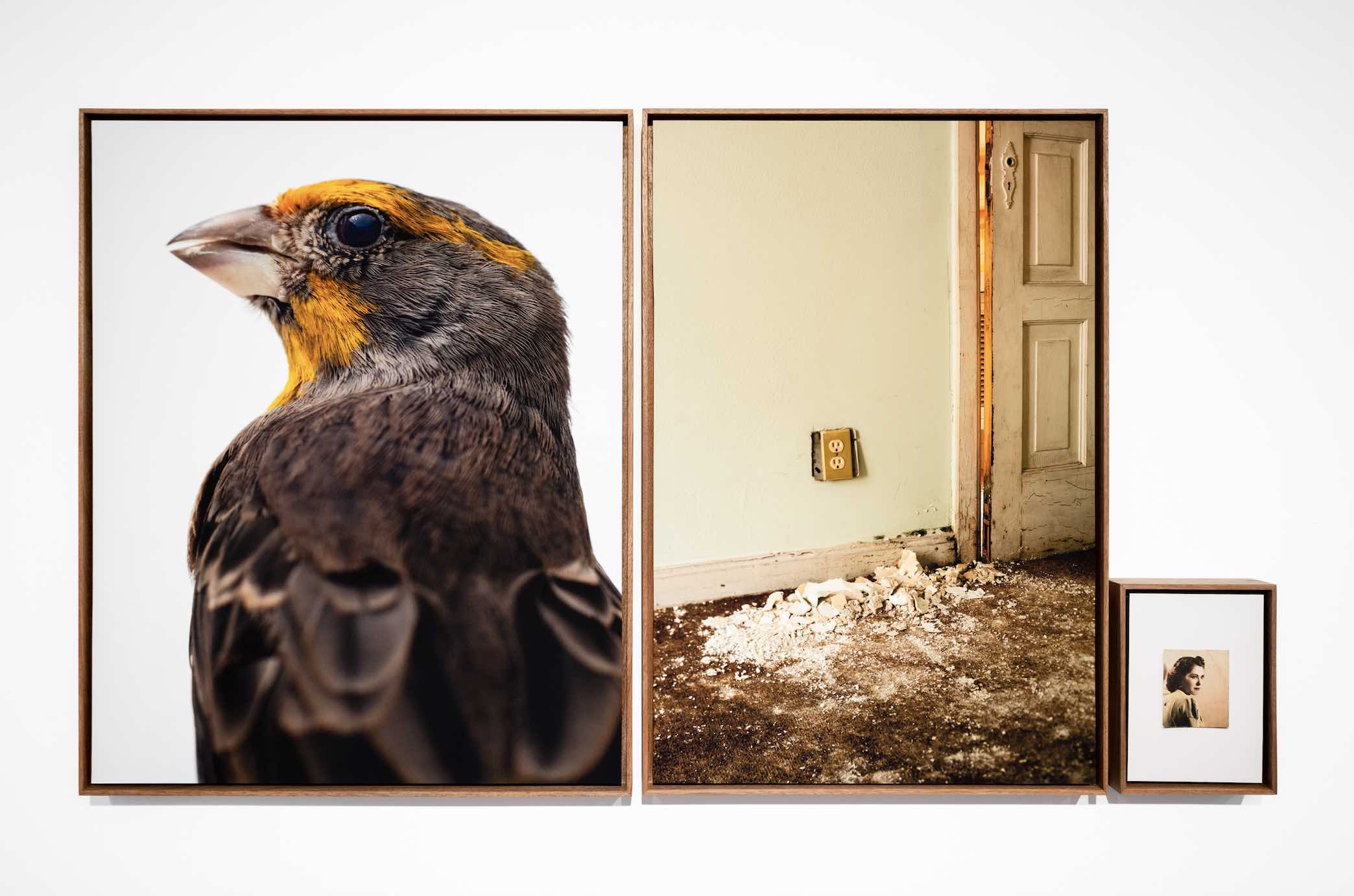
Pavka Segura
The Wreck
Exhibition
-> Sep 24 2022 – Dec 17 2022
Lateral
Lateral presents The Wreck: A Particular and Windy Day by Pavka Segura.
Pavka Segura’s practice explores the boundaries of photographic images by venturing into different territories such as drawing, pictorial gestures, installation art, and sculpture. His works build a narrative assemblage that evokes memory and its crossings with time, light, and the city.
In his book Aesthetics of Disappearance, Paul Virilio states that “the pursuit of form is only a pursuit of time, but if there are no stable forms, there are not forms at all”. (1) It is then, in the moment before disappearance, when Segura finds these images destined to become forgotten, anonymous debris.
Family photo archives loose their meaning when the people comprising them die. As if coming from a shipwreck, the drifting materials float away and are scattered apart by the tides that happen to reach them. At times they are torn apart in dumps; others they are sold in antique markets, which provide them with a nostalgic hope for a rescue, for a new beginning after the accident.
The voracity of progress eliminates whatever it sees as a ruin. Modernist architecture in Mexico City, which once held the promise of a successful path towards modernization, looses its currency because of corrupt real estate cartels that destroy its single-family houses mired in time.
Meanwhile, in the incessantly growing urban sprawl of anonymous multi-family dwellings, the fauna that inhabits those spaces is relegated to a pest or simply goes unnoticed.
Virilio also spoke about accidents and technological advances. He said that inventing a technical object was tantamount to inventing the accidents it caused: inventing ships necessarily meant inventing shipwrecks. If the inventions brought about by human progress always leave residues and we will never cease changing and transforming ourselves, paradoxically enough, we will always live surrounded by vestiges and castaways unaware of their own fate.
Bresson used to say that persons have an urgency to perpetuate themselves through portraits, and they look for their best angle to do so.
Several photography theoreticians have reflected upon the conditions under which we establish memories and the extent of photography’s contribution to this process. Can we really get to know someone through their picture? Barthes, for instance, believed that rather than supporting memories, photography blocked them and almost worked as some sort of anti-memory.
In this chapter of Pavka Segura’s work there is a fiction about memory, a montage made up of universes where different kinds of castaways live side by side, telling a new history in a new landscape.
This is how the studio portraits of persons and city birds, family pictures, and photographs of old modernist houses oppose and intertwine each other to simulate a mirroring of lights and memories, but also of vanishing and reappearing identities where time is as present as our gaze. Light goes through every layer, creating different ways to read what we see. The fiction-assemblage speaks about these dwellers and their environment so we may stop and watch their peculiarities, imagine their personality, look at their features and realize that they were already there although we might have not really seen them. The assemblage reminds us of their materiality; of those pieces left behind by the accident and the demolition that acquire a new form, a new meaning today.
— Paola J. Jasso